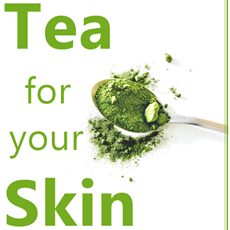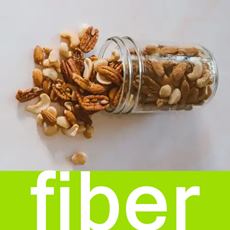Freckles
All you need to know about Freckly Skin
Fact Checked
×All the content published in our website is fact checked to validate its accuracy.
Visit our guidelines web page to learn more about our strict processes regarding how we review our content's sources: reliable and reputable journals, media websites, universities, colleges, organizations, and professionals.
Our articles are based on scientific evidence, and the references are included in its footnotes, which are clickable links to sound scientific papers.
First published: 30. Nov.2024
Overview
Freckles are a type of skin pigmentation that appears in roughly 25% of people with European or Asian backgrounds. They are harmless and are caused by genetic traits. Sunlight is an important factor in the stronger pigmentation of freckles during summer.
Here we look into the genetics, features, the types of pigment (melanin) found in the skin, and how it influences freckly people. When to see a dermatologist and how to protect your skin.
References and Further Reading
(1) Zhang, Xue-Jun et al., (2004). A Gene for Freckles Maps to Chromosome 4q32–q34. Journal of Investigative Dermatology, Vol 122:2, 286 - 290
(2) McLean DI, Gallagher RP., (1995. "Sunburn" freckles, café-au-lait macules, and other pigmented lesions of schoolchildren: the Vancouver Mole Study. J Am Acad Dermatol. 1995 Apr;32(4):565-70. doi: 10.1016/0190-9622(95)90338-0. PMID: 7896944
(3) Yang, S., Xu, SX., Xiao, Fl. et al., (2008). Prevalence and familial risk of ephelides in Han Chinese adolescents. Arch Dermatol Res 300, 87–90 (2008). https://doi.org/10.1007/s00403-007-0810-5
(4) Hauge M, Helweg-Larsen Hf, (2020). Studies on linkage in man; red hair versus blood groups, P.T.C. and eye colour. Ann Eugen. 1954 Jan;18(3):175-82. doi: 10.1111/j.1469-1809.1952.tb02510.x. PMID: 13125201.
(5) Praetorius, C., Sturm, R.A. and Steingrimsson, E. (2014). Sun-induced freckling: ephelides and solar lentigines. Pigment Cell Melanoma Res., 27: 339-350. https://doi.org/10.1111/pcmr.12232
(6) Justine Fenner, Richard A.F. Clark, (2016). Chapter 1 - Anatomy, Physiology, Histology, and Immunohistochemistry of Human Skin. Ed.: Mohammad Z. Albanna, James H. Holmes IV, Skin Tissue Engineering and Regenerative Medicine, Academic Press, pp 1-17, ISBN 9780128016541, https://doi.org/10.1016/B978-0-12-801654-1.00001-2
(7) Thody AJ, Higgins EM, Wakamatsu K, Ito S, Burchill SA, Marks JM., (1991). Pheomelanin as well as eumelanin is present in human epidermis. J Invest Dermatol. 1991 Aug;97(2):340-4. doi: 10.1111/1523-1747.ep12480680. PMID: 2071942
(8) Mariano A, Bigioni I, Scotto d'Abusco A, Baseggio Conrado A, Maina S, Francioso A, Mosca L, Fontana M., (2022). Pheomelanin Effect on UVB Radiation-Induced Oxidation/Nitration of l-Tyrosine. International Journal of Molecular Sciences. 2022; 23(1):267. https://doi.org/10.3390/ijms23010267
About this Article
Freckles, A. Whittall
©2024 Fit-and-Well.com. First Published: 30.Nov.2024. Update scheduled for 30.Nov.2027. https://www.fit-and-well.com/wellness/freckles.html





